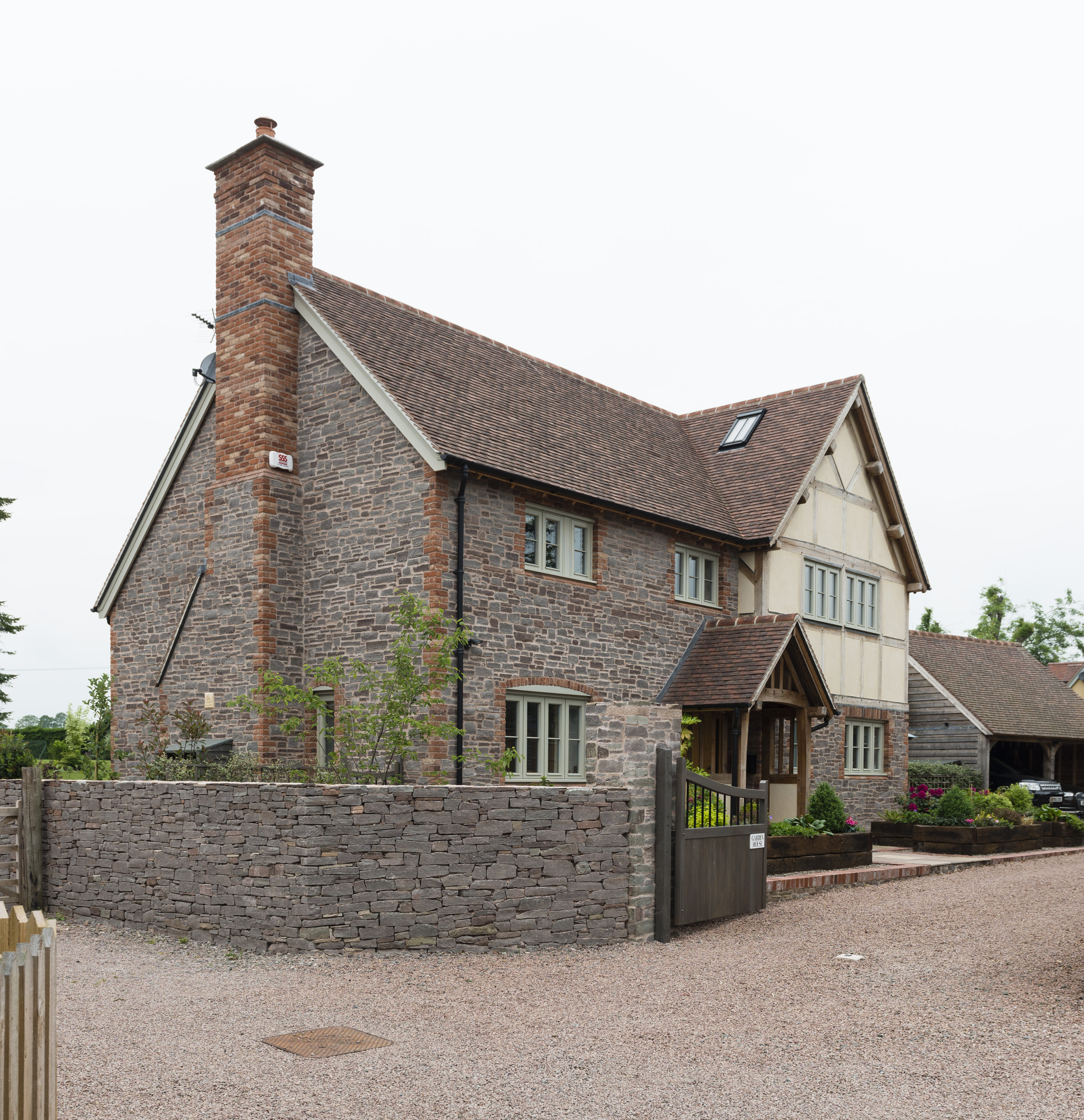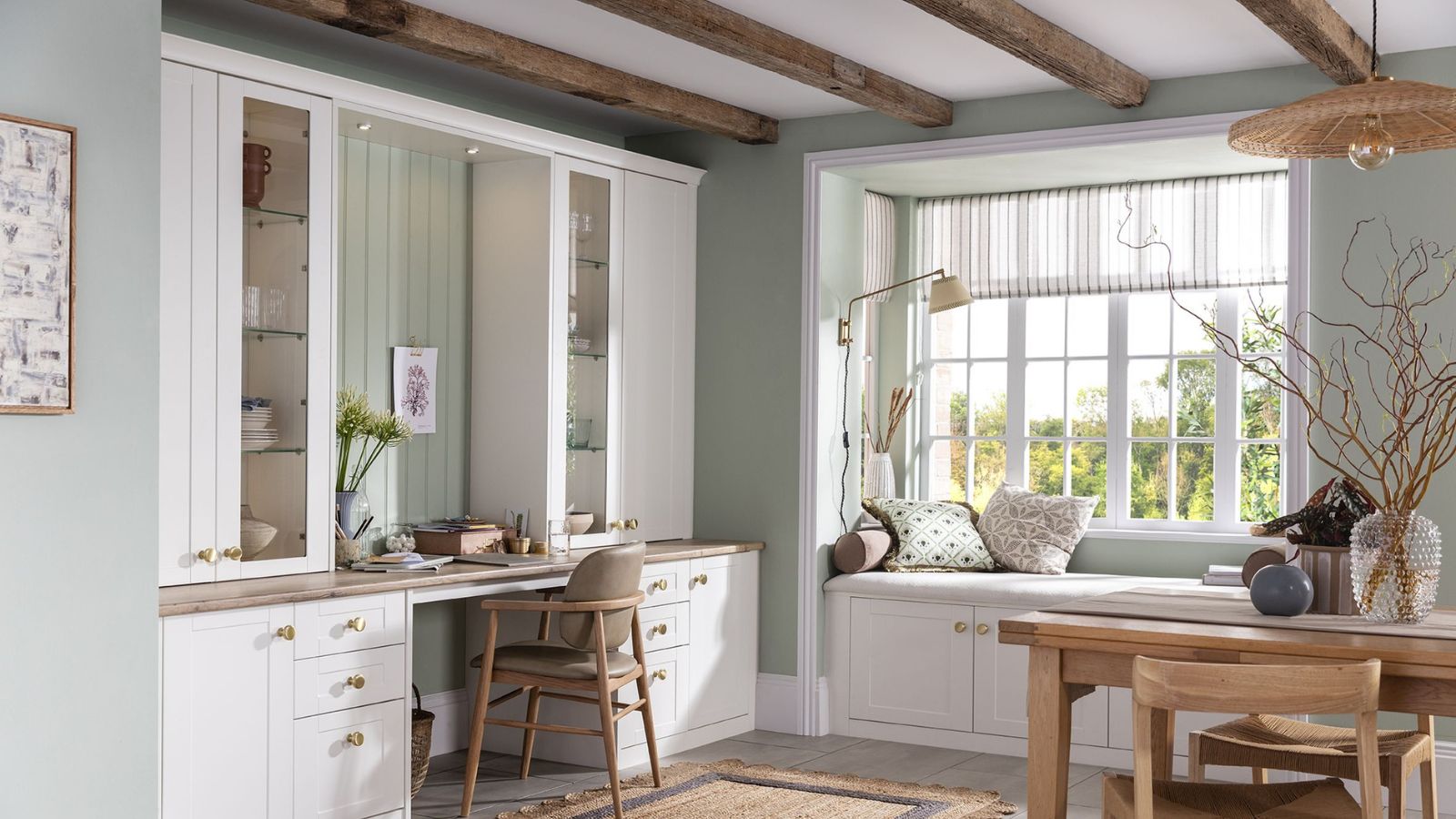How to Get Planning Approval
If you want to get planning approval, knowing the considerations likely to win over planners in the area you want to build is essential, says planning consultant Ken Dijksman

“How on earth did they get planning approval for that?” This is a rhetorical question I hear a lot. Sometimes it’s said in jealousy, sometimes out of simple astonishment, and sometimes in disgust.
Why some houses get permission and others don’t is something of a mystery to those outside the industry. As a self-builder, the more you know about planning permissions and policies – and why some applications are granted and others refused – the more likely you are to get your plans get passed.
(MORE: Secrets to Planning Success)
What are Planning Decisions Based On?
Planning approval decisions are based on both national and local planning policies — namely the National Planning Policy Framework (NPPF), which forms the foundation for local authorities’ local plans.
The jargon is ‘material considerations’ — things that are relevant to planning and that are taken into account when deciding a planning application.
The first key point to note is that planning decisions based on planning policies can be entirely different depending on the location of a site. So, understanding the context of a piece of land or a property is absolutely essential to grasping whether or not planning permission is likely to be granted.
Different policies apply in different areas; in other words the planning policies related to a site on one side of the road might be different from those on the other.
Bring your dream home to life with expert advice, how to guides and design inspiration. Sign up for our newsletter and get two free tickets to a Homebuilding & Renovating Show near you.
A great example would be the planning policies in a national park: they will be much more restrictive and controlling than the policies in the area outside it. The same will apply to other designated areas such as conservation areas, areas of outstanding natural beauty, within the setting of listed buildings and in locations with sensitive wildlife restrictions.
What to Leave Out of a Planning Application
Planning is often described as a kind of scale, known as the planning balance: some matters have positive weight in favour of a proposal and some matters weigh against.
There are some issues that are really not relevant to planning, that aren’t ‘material’ and that will not carry any weight for or against a proposal as far as the planning authority is concerned. These are some of the things that will neither help nor hinder your case in favour of your new home or extension, and include:
Personal Circumstances
Everybody has a very good reason why they should be treated differently and why they really should have the house of their dreams. But it is extremely rare for individual personal circumstances to have any bearing on whether something is acceptable in terms of planning.
There are examples: if someone is severely disabled and there are genuine grounds for them to be treated differently because of exceptional needs. But in the vast majority of cases your own personal, financial, family, marital or emotional pressures will have zero influence in terms of getting planning permission.
Who You Are
Planning permission is attached to the land and the identity of the person making the application is usually irrelevant. It may be the case that an application is required for a farm worker’s cottage, which sounds like a personal permission, but it’s not. It’s about the need for a farm worker and a dwelling not the specific identity of that farm worker.
Equally you might apply for a ‘granny flat’ in your garden justified on the basis that ancillary accommodation is needed. The identity of the individuals concerned is not relevant. The permission relates to a functional requirement, in accordance with planning policies, not the personal identity of the ‘granny’ involved.
Profit and Loss
Financial circumstances very rarely have any influence on residential planning and certainly not for the self-builder. So arguments about financial issues and the costs involved in meeting planning requirements will have no bearing on a planning permission.
People have always got a good financial reason to argue about planning, so aside from matters of viability (which might undermine the provision of socially desirable things such as affordable housing), the profit or lack of it is rarely relevant to getting permission.
What to Include in a Planning Application - the 'Material' Matters
Council design guides and supplementary planning documents dealing with specific subject areas like design, access, parking, ecology, etc., are worth reading to learn more about what influences planning decisions.
The list of planning issues that are ‘material’ to getting a permission is much longer. These are some of the important matters that might form part of the planning decision-makers assessment:
Principle
The number-one planning issue has got to be principle — is what you want to build ‘in principle’ acceptable in the location where you want to build it? In simple terms, most of the time, building a house within an existing settlement is acceptable ‘in principle’.
Ordinarily building a house outside a settlement in the open countryside, on the other hand, is in principle not acceptable. In order to overcome this ‘in principle’ difficulty of trying to build a house in the countryside you need to have a good reason.
You might be replacing an existing building or converting a barn. Or you may propose a house of exceptional design quality that justifies itself in landscape and visual terms. But an understanding of the principle is important, there is simply no point in persistently trying to get permission where the planning policies are opposed ‘in principle’ to a scheme.
Design and Appearance
This is a very tricky area because planning does involve subjective judgements being made by planning officers and committee members about whether they feel the design, scale, character, architectural approach and general visual impact of a house is in keeping and in character in a particular location.
There is clearly endless opportunity for disagreement when it comes to taste. This is why planning committees often end up refusing things because they’re out of keeping; it can be a default reason for refusal. The choice of a good architect who knows the area you want to build in and who has the ability to persuade the decision-makers will be key.
(MORE: Design & Access Statements)
Residential Amenities
Impact on neighbours is always important within built-up areas. This is about potential overshadowing, overlooking, physical domination and the direct physical relationship between what you want to build and the immediate neighbours.
Most planning authorities have design guides and supplementary planning documents which spell out the rules of thumb and criteria that dictate whether they will accept distances between windows and relationships between new extensions or houses and nearby existing properties.
So before getting carried away with ideas of a proposed new development check out the criteria and design standards set out within the ‘residential design guide’ for that location.
Heritage
Increasingly non-listed buildings in locations outside conservation areas are being accorded some importance. The phrase ‘non-designated heritage asset’ can refer to pretty much any house that has any age that the council planning officer may feel is important. As a result, they may try and prevent its demolition, or they may make heritage arguments against the size and positioning of an extension.
Obviously within conservation areas and in the settings of listed buildings there are also a host of conservation and heritage concerns you need to consider.
(MORE: Getting Planning Permission to Demolish and Replace)
Impact on the Landscape
An important material consideration — the scale of a new development, its location, the materials used and the trees that must be retained are all often dictated by landscape sensitivity.
Different parts of the country have special landscape designations – such as areas of outstanding natural beauty, heritage coast or national park – and it’s important to know about them when trying to get planning permission.
It does mean that anomalies will exist and developments that appear to be in the same landscape will be treated very differently because of the designation which affects one but not the other.
It also means that where you can incorporate significant landscape planting within your proposal and demonstrate that trees are being retained and hedges improved this may help your case.
Ecology
There are very serious laws about harming wildlife and damaging habitat but very few planning applications are prevented because of ecological impact. Putting aside Sites of Special Scientific Interest and those areas that require additional open space to compensate for increased numbers of residents, in most cases ecology comes down to the presence of bats or birds, and great-crested newts.
An application made in an area sensitive to wildlife will need to be accompanied by ecological surveys. There are plenty of consultants who offer them but the time of year when surveys can be undertaken is often restricted and if you’re unlucky, you may have to delay your application for six months until you’re in the right season to undertake the necessary surveys.
However, once you’ve done your surveys and you understand the ecology, it is pretty unusual for this to prevent development; it is more normal for mitigation to be undertaken to ensure that wildlife is accommodated within a scheme and mitigation measures, such as bat boxes or nesting boxes or areas for newts, are retained and provided. Don’t panic if the house you want to demolish has bats in the roof, just be aware it’s likely to delay the process.
(MORE: Planning Conditions)
Highway Safety and Parking
Highways and transport issues are often the number-one grounds for objection to new residential development, even to single houses. Local authorities have parking standards and if you are building a new house you need to provide parking.
In some locations, such as the central areas of large towns, you can get away with no parking because it’s assumed people can walk to the nearest bus stop or train station. But just about everywhere else there will be standards you need to comply with.
There are also necessary visibility considerations at new accesses to ensure that you can see the traffic. It is absolutely essential that if you buy a building plot that you ensure that it has adequate access that meets the necessary highways’ requirements.
There are many excellent development sites that are vacant and undeveloped because they are not capable of being accessed or because the point of access is owned by somebody unprepared to come to an agreement. So, accessibility, highway safety and parking are key material considerations that will be looked at very carefully in respect of any planning application.
(MORE: Site Access and Parking)
So, next time you see a house built in a strange location and find yourself asking how did they get away with that, it might be worth looking at the planning history and reading the planning officer’s report that will explain the decision-making criteria that led to that permission being granted.
Ken, a former planning officer, is an experienced planning consultant with over three decades of experience helping self builders, renovators and developers achieving planning permission. He set up his own consultancy, Dijksman Planning LLP, in 2005. He is also the author of The Planning Game, How to Play the System and Win Planning Consent: An Insider's Guide to Planning Permission for Newbuilds and Extensions.

